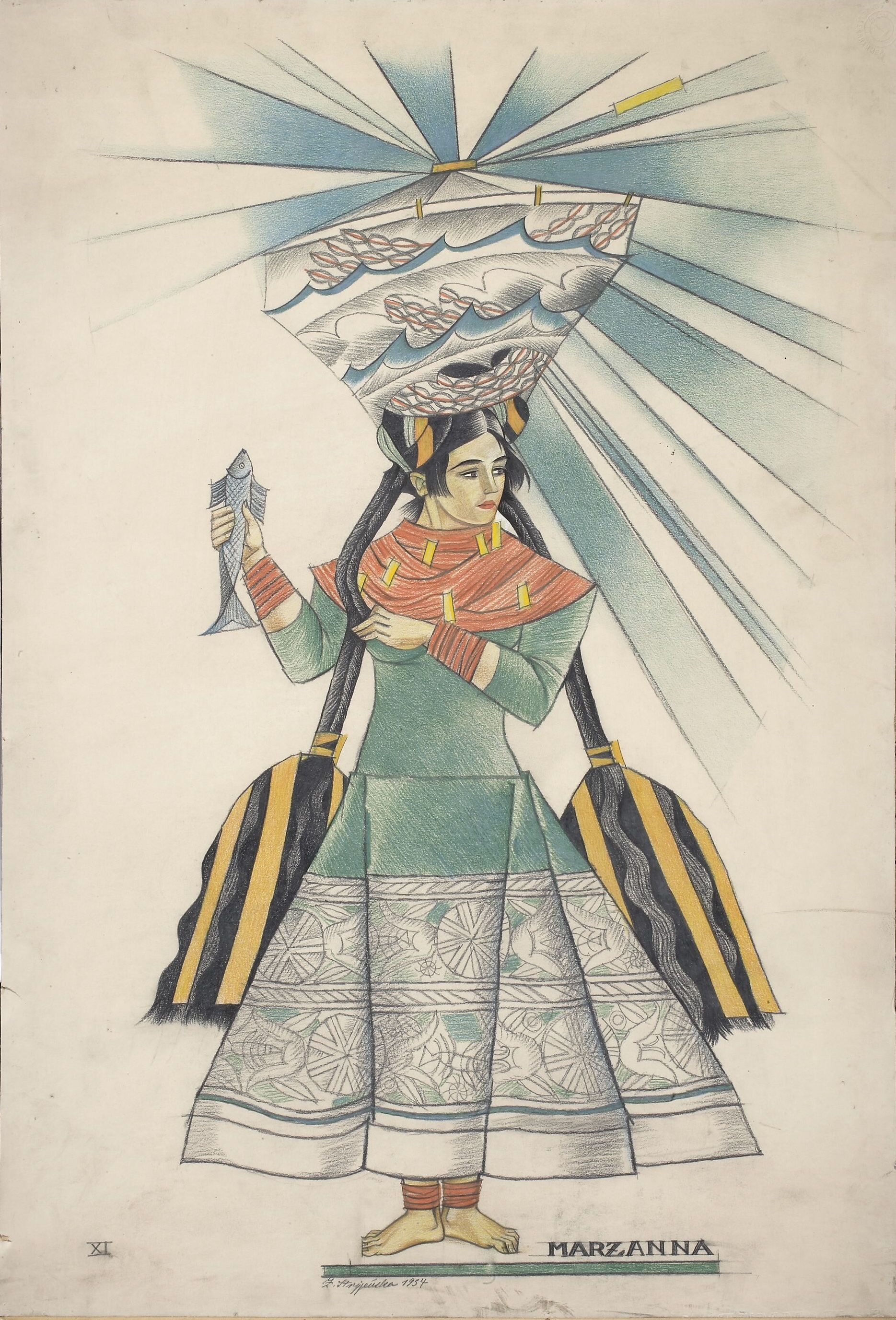The long, dark, and cold days of winter are finally over; today is the first day of spring! In Poland (birthplace of DailyArt), as in many other parts of the world, people eagerly await the signs of spring: warmer weather, birds chirping, and flowers blossoming. On this occasion, we want to share with you a Polish tradition for the end of winter.
On the first day of spring in Poland, an old tradition known as the "drowning of Marzanna" is observed. Marzanna, or Morana, was a Slavic goddess symbolizing death, winter, and disease. The doll, crafted from straw in a human-like form and dressed in traditional women’s clothing, represents these elements. Historically, the ritual involved burning the straw figure and then drowning it in a river, symbolizing the departure of winter and the arrival of spring.
The tradition dates back to the pre-Christian era and is rooted in pagan sacrificial rites. When Christianity spread in Poland, the Catholic Church attempted to suppress the ritual, but it remained deeply ingrained in Polish culture and continues to this day.
In modern times, ecological concerns have led to adaptations of the tradition. Since the 19th century, it has evolved into a playful ritual for children and teenagers. Rather than burning and drowning the doll, children often take their Marzanna dolls for a symbolic walk, celebrating the arrival of spring with songs and festive activities. This transformation has allowed the tradition to persist while embracing a more environmentally conscious approach.
The Marzanna that we present today was designed by Zofia Stryjeńska, a Polish painter, graphic designer, illustrator, stage designer, and representative of Art Deco.
Happy Spring, everyone!
P.S. Zofia Stryjeńska gained recognition during the interwar period for her distinctive style infused with folklore. Discover the Slavic Art Deco art of Stryjeńska!


 Zofia Stryjeńska
Zofia Stryjeńska